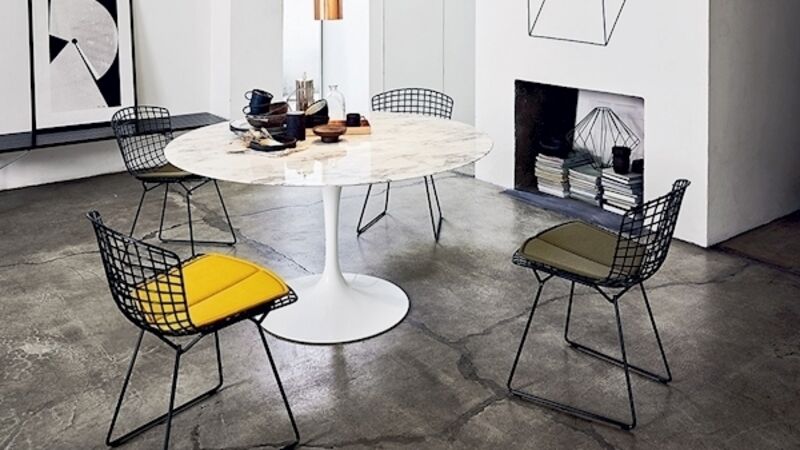Vintage View: Pull up a seat to learn about iconic chair designs

Take a seat as sets the table for a visual feast of iconic dining chairs.
Want to dine in on your style credentials? You couldn’t do better than iconic seating by some of the most celebrated creatives of the last 100 years. Here’s my personal banquet of “chic chaises” — as lovely to look at as they are comfortable and functional.













